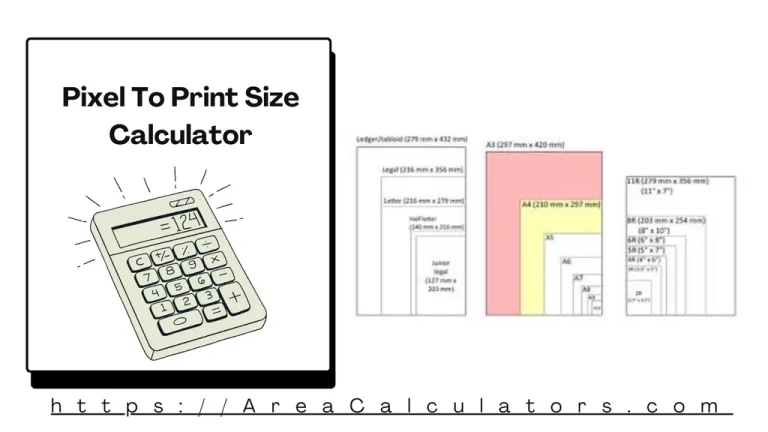Divide the concentration of the gas in the liquid by its partial pressure to find the Henry’s law constant.
The Henry’s Law Constant Calculator determines the solubility of a gas in a liquid relative to its partial pressure above the liquid. This principle is widely used in fields such as chemistry, environmental science, and engineering to predict gas behavior in solutions.
Formula:
k = C / P
| Variable | Definition | Units |
|---|
| k | Henry’s law constant | mol/(L·atm) |
| C | Concentration of gas in the liquid phase | mol/L |
| P | Partial pressure of the gas | atm |
Solved Calculations:
Example 1: Calculating for oxygen dissolved in water at a concentration of 0.0013 mol/L and a partial pressure of 0.21 atm.
| Step | Value | Explanation |
|---|
| Concentration (C) | 0.0013 mol/L | Given concentration of oxygen in water |
| Partial Pressure (P) | 0.21 atm | Atmospheric pressure of oxygen |
| Henry’s Constant (k) | 0.00619 mol/(L·atm) |
|
Example 2: Finding k for carbon dioxide at a concentration of 0.034 mol/L and a partial pressure of 1 atm.
| Step | Value | Explanation |
|---|
| Concentration (C) | 0.034 mol/L | CO2 dissolved in water |
| Partial Pressure (P) | 1 atm | CO2 gas partial pressure |
| Henry’s Constant (k) | 0.034 mol/(L·atm) |
|
What is the Henry’s Law Constant ?
The Henry’s Law Constant Calculator is a specialized tool for determining the proportionality constant in Henry’s Law, which relates the solubility of a gas in a liquid to the partial pressure of the gas above the liquid.
This constant, known as Henry’s constant, varies with temperature and gas-liquid combinations, making this calculator particularly valuable in scientific, industrial, and environmental contexts.
By inputting values such as gas concentration, partial pressure, and temperature, this tool provides precise calculations of Henry’s constant. It’s especially useful for chemists studying gas solubility, environmental scientists modeling gas absorption, and engineers designing systems involving gas-liquid interactions, such as carbonated beverages or air pollution control.
Coupled with this, the calculator can accommodate various unit systems and offers step-by-step guidance for understanding the calculations. This makes it suitable for students learning Henry’s Law or professionals requiring accurate and efficient computations.
Final Words:
In essence, the Henry’s Law Constant Calculator is an indispensable tool for accurate and streamlined gas solubility calculations. Whether in academic research or practical applications, it ensures clarity and precision, making complex calculations manageable for all users.



